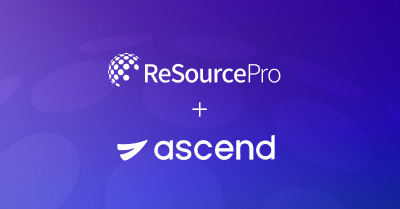The insurance industry is faced with many evolving challenges today, and this will continue to intensify over the next decade. From the changing behaviors and expectations of the future customer to the shifting global issues around climate and geopolitical risks, the industry will need to adapt to keep pace and succeed in the insurance world of 2035. Here are the trends that will shape the industry as we know it.
Digital Natives—The Number One Disruptor
Insurance starts with the customer, and over the next 10-12 years, there will be no bigger disruptor than the “digital native” customer. Whether it’s an individual, small business, corporate risk manager, or large business, nearly all insurance buyers have become digitally savvy and expect digitally enabled services.
Macro Global Forces
As we’ve seen from the past few years, global issues create a constant state of uncertainty and accelerated change for the insurance industry. This umbrella of forces includes:
- Geopolitical risk – This encompasses a variety of risks, from wars and rumors of wars to fragile treaties and alliances. The US political landscape is also in turmoil, with deep divisions and uncertainties.
- Economic conditions and virtual currency – One of the top concerns this year is the risk of a recession. Other concerns include interest rates, the banking crisis, supply and demand mismatches, and the initial discussions regarding central bank digital currency.
- Climate change – Weather volatility continues to change the catastrophe profile and threaten coastal and inland communities alike.
- New risk profiles and exposures – Emerging trends and technologies are constantly creating new risks and opportunities. Some examples include cyber-risk, new building materials and methods, the evolution of mobility—such as the rise of self-driving cars and changes in driver behavior—, and artificial intelligence.
Implications for Insurance
So, what does this mean for our industry? The short answer is that insurance will be fundamentally different in 2035.
Shifting Consumer Buying Patterns
In the future, insurance is likely to become a feature of another (non-insurance) product. We’ve seen the beginnings of this with embedded insurance, but now digital technology is making it even easier for insurers to create these types of partnerships and share data.
Personal lines is the primary area that will see this shift, and it is already evident in personal auto. One example is Hyundai, which earlier this year launched a new subscription service that, for a monthly fee, provides access to an electric vehicle along with insurance, roadside assistance, and maintenance.
It’s a different story for mid-large commercial insurance buyers. The complexity of risks within this segment will continue to demand human expertise. This means that while insurance will become more digital and AI-assisted, buying patterns aren’t likely to change dramatically.
Product Evolution
As risks emerge and transform, insurance products too will need to evolve. Designing coverage must become a much more granular process with greater attention to the unique needs and exposures of each customer.
Risk Control
While it’s true that the autonomous world has the potential to decrease certain types of risk, it will also create new risks. As an industry, we must think about how to manage these changes, which could mean pushing for greater diversification. By 2035, most insurers will likely have a different mix of products and services than they do currently.
Regulatory Change
Over the past few years, the NAIC has made a strong effort to innovate and create the right committees to address different kinds of tech-based risk, like cyber and AI. While this progress is positive, it also means that keeping up with regulatory changes will become an even bigger challenge. This is especially true for national insurers who already deal with thousands of changes annually.
Team and Talent Management
The insurance industry is built on people, and even as we continue into the future, a strong talent strategy—along with the right partners—will be integral to success.
Future Proof Your Organization
Want to stay abreast of the biggest changes happening in insurance? Explore ReSource Pro Consulting’s research library. Be sure to visit our Carrier Consulting page for more information about how we help you cut through the complexity of today’s market and accelerate progress toward your strategic goals.




